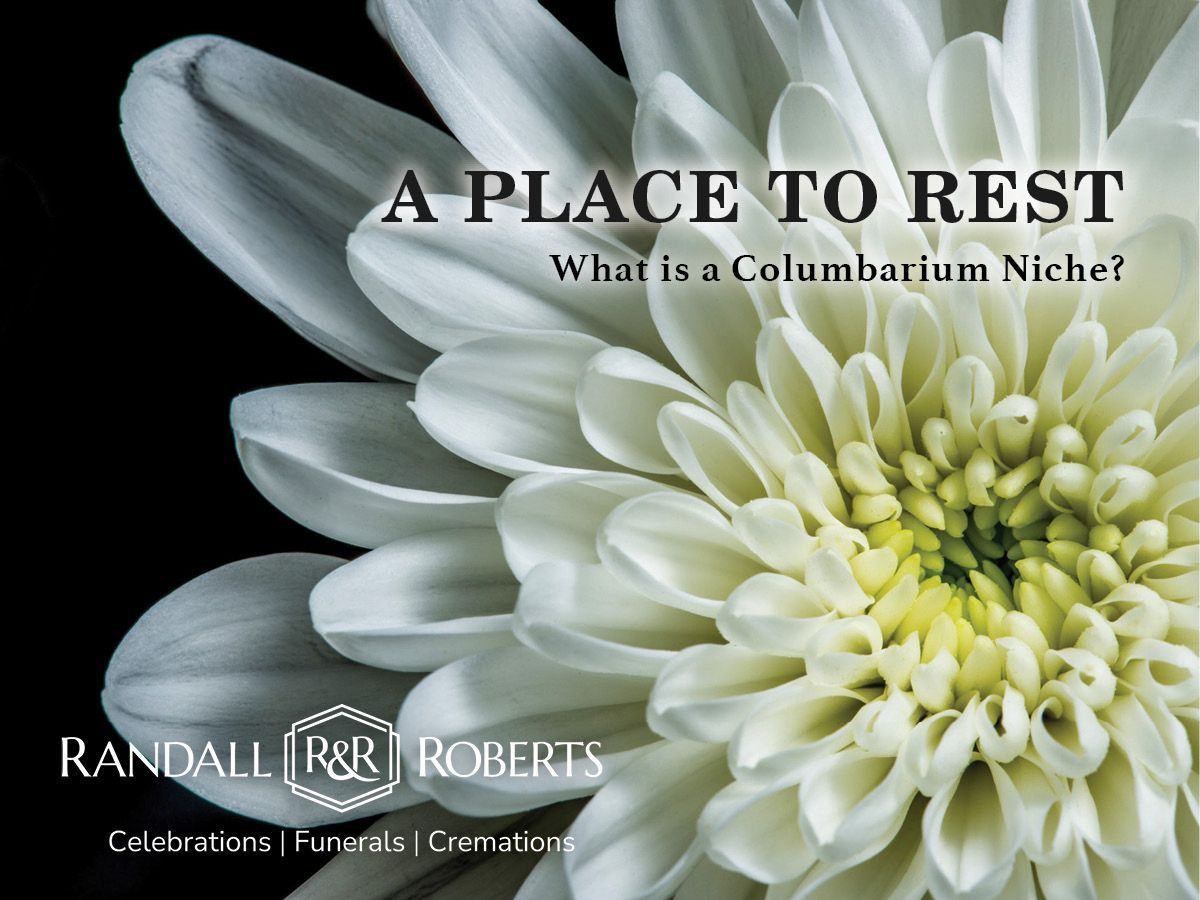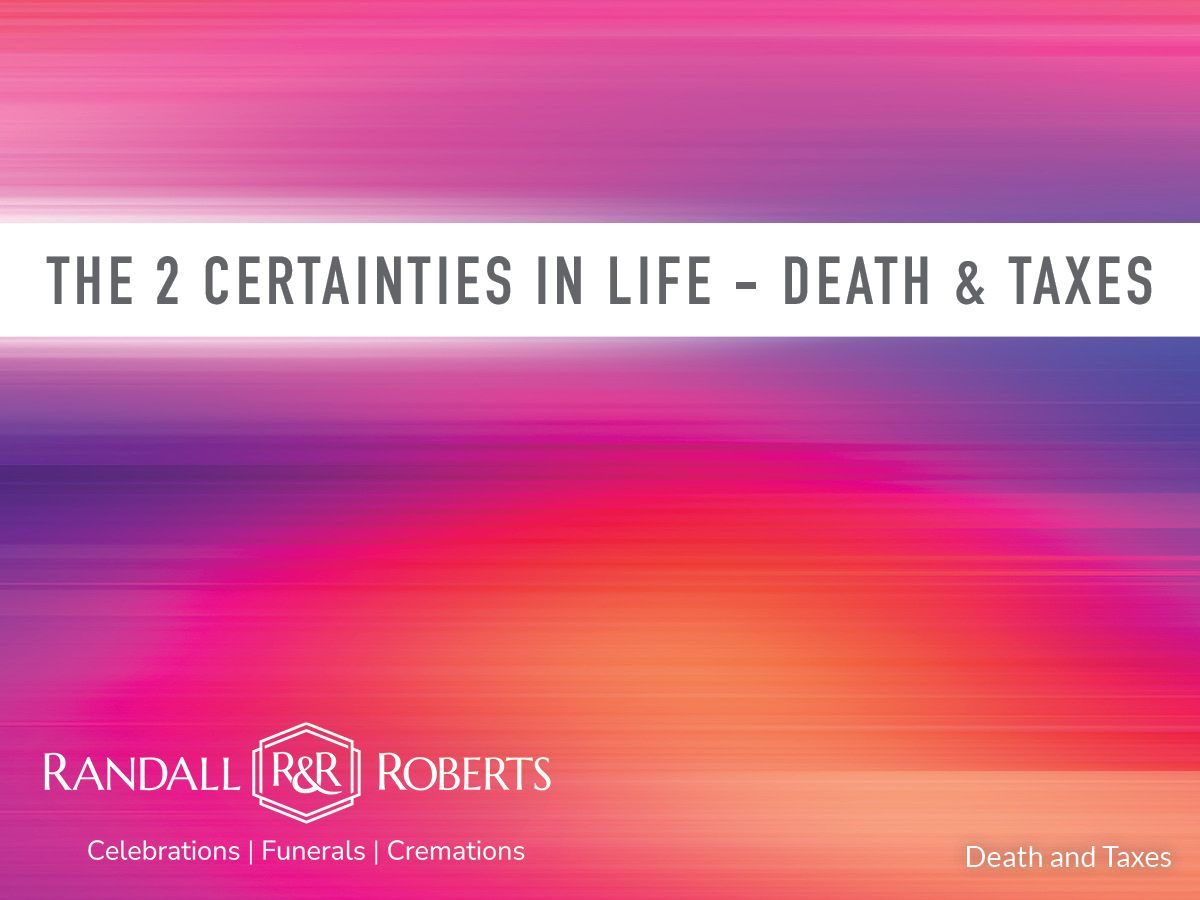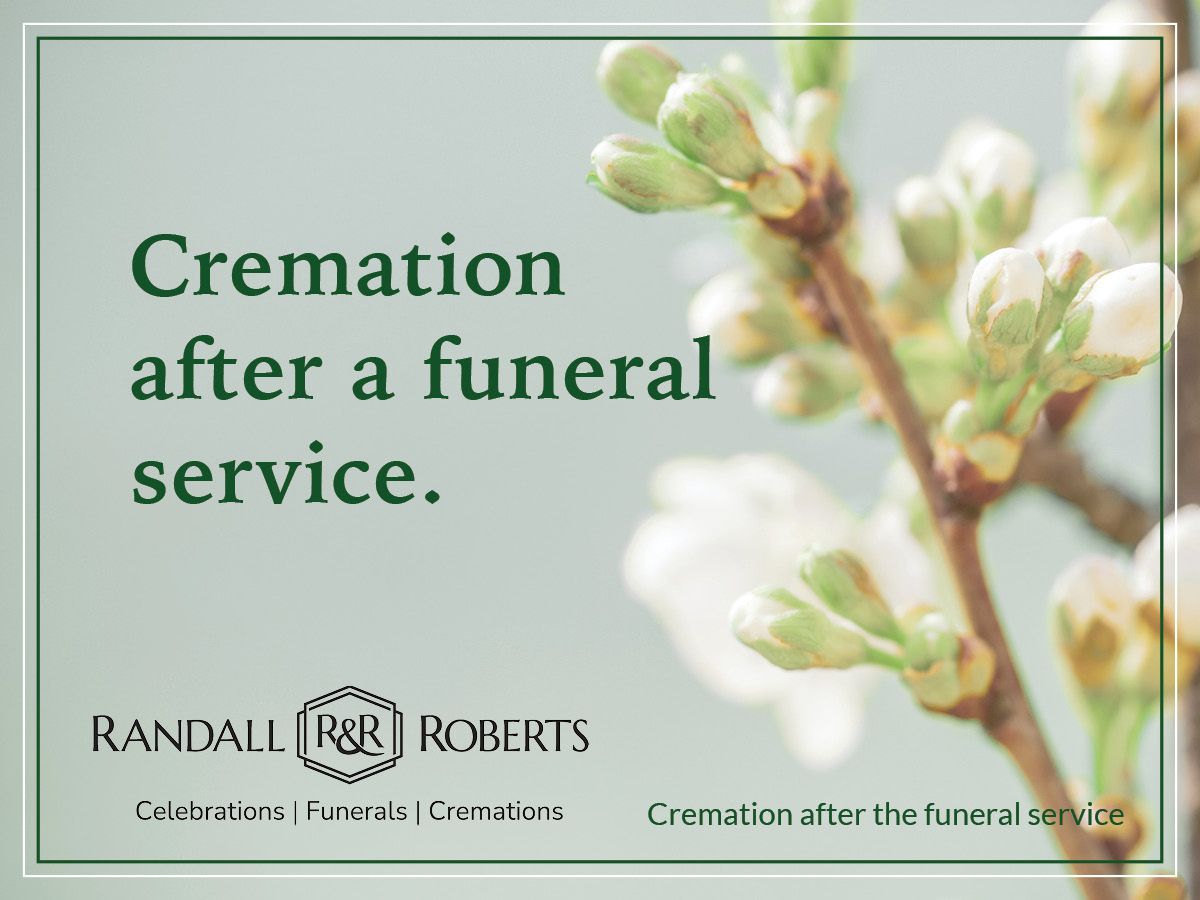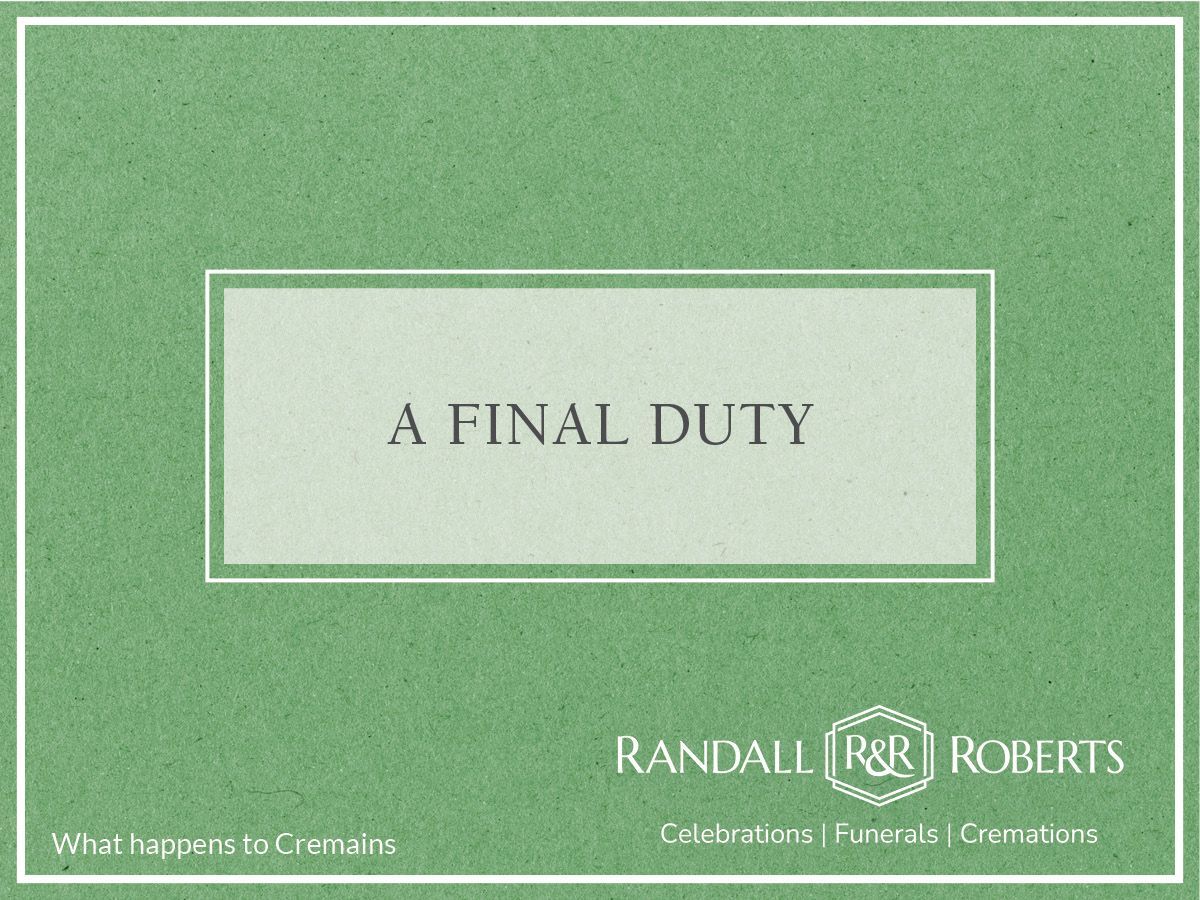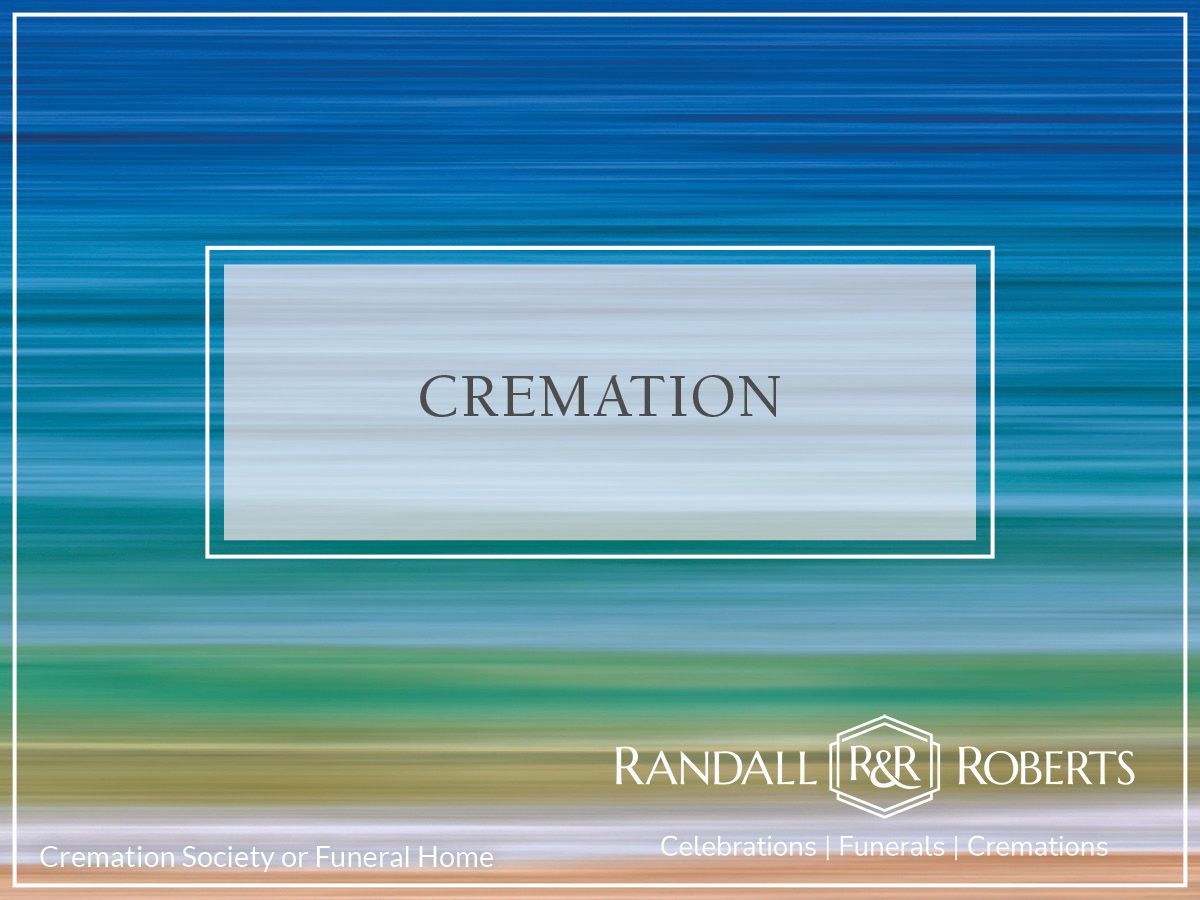Cremation or Burial… is That the Question?
When a family member dies or when a person is planning their own funeral in advance, one of the first questions that will be asked is, “Do you want burial or cremation?” The burial or cremation question is a starting point for a number of choices that must be made. It’s a place to start. But it is absolutely not the entire story.
So, how do you decide?
Approximately 50 percent of people choose burial, so that means the other half choose to be cremated. The numbers vary vastly in different parts of the country, from small towns to big cities, from one faith base to another, from one family to another. The most important thing to remember when you are the decision maker is this: let go of what you think burial is, and let go of what you think cremation is. Either can be just about anything you want, and either can provide comfort for your family. So, yes, cremation can include faith, gathering, visitation, a funeral and burial. And, yes, burial can include a celebration of life, music, and pictures in addition to visitation, faith, and funeral. Woo Hoo! Who knew you can have it your way!
Here are a few things to consider when deciding between cremation or burial. What is your family tradition? Do you want to continue with that tradition, or do you want to change things up? Do you and your family share a faith base? Where does your faith stand on the cremation or burial question? Where do you live? Does your family live near you? Will someone be around to tend or visit your burial place? Will your family be disappointed if there is no grave to visit? What is your budget? What will your family be able to do? Will they put together a video, sing a song, tell a story, host the gathering? What can they do and where will they appreciate help?
If the choice is to bury, a cemetery will need to be selected and then a location within that cemetery. The burial site provides a place for family members to visit and remember. They can bring flowers or flags to decorate the gravesite during the course of the year. These are all actions that many families find help them with the grieving process.
If the choice is to cremate, then a final location for cremated remains will need to be selected. Sadly, this final and very important decision is often overlooked. There are many options. Cremated remains can be buried, placed in a niche, scattered, or retained by a family member. Careful consideration of those left with the ashes should be made before deciding on a final resting place for cremated remains.
It is a lot. Fortunately, help is available. A funeral director or advance funeral planner can help, and all you need to do is call the funeral home to arrange for an appointment. There is usually no cost for an arrangement appointment.


